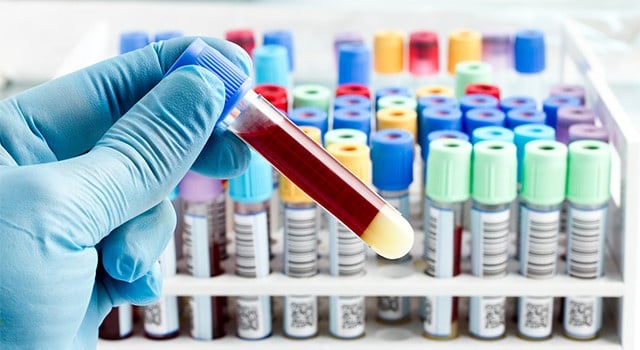
I like the field of science. You essentially fail your way to success. In order to discover new information and truth, you funnel your hypothesis through the scientific method, go through trials and MANY errors, and eventually come to conclusive ends.
The discovery of blood types is an example of failing your way to success. Early physicians' experiments are rife with banal blood transfusions that sometimes worked and sometimes didn't, especially as the randomness of successful and failed blood transfusions perpetually lingered until the early 1900s.
For example, in 1665 physician Richard Lower transfused blood from dog-to-dog successfully. Another physician, Jean-Baptiste Denis, successfully transferred (a very tiny) amount of lamb blood into a boy, also in the mid-1600s. But by 1668, due to the potential for a medical crisis regarding blood transfusions, they were banned by the Royal Society and those in the medical field condemned them.
It wasn't until 1818 that Dr. James Blundell hypothesized that blood transfusions can only be done between the same species, and started experimenting on this idea. While his first blood transfusion was successful, those who survived and those who died occurred at random.

Finally, the mystery of blood transfusions was solved by an Austrian physician in 1901. Karl Landsteiner tested an experiment in which he took blood samples from himself and five other scientists and mixed them in a test tube. What followed was a mixture of cells and plasma clumping and not clumping, and Landsteiner discovered what we all know now as the blood types A/B/AB/O.
But this discovery wasn't complete yet. Along with a large boost in successful blood transfusions, there were also transfusions that went unexplainably awry, and it wasn't until 1940 that scientists identified the Rh factor, which refer to the positive or negative types of blood, which add yet another factor in the importance of getting everything right when it comes to blood transfusions.
Thanks to trials and errors of the past, blood transfusions today are successful and save nearly 4.5 million Americans each year.
For anyone interested in blood types and blood drawing, becoming a phlebotomist might be an interesting career to pursue! Job growth in phlebotomy is expected to rise 24% (faster than average) in the next ten years, and the median salary in the state of Idaho is $29, 310, and can even go up to $37,620.
Continuing Education and Workforce Training is offering a Phlebotomy Technician – Web Hybrid course that can help you get started. Visit cetrain.isu.edu or call (208) 282-3372 to register.

-1.png)
